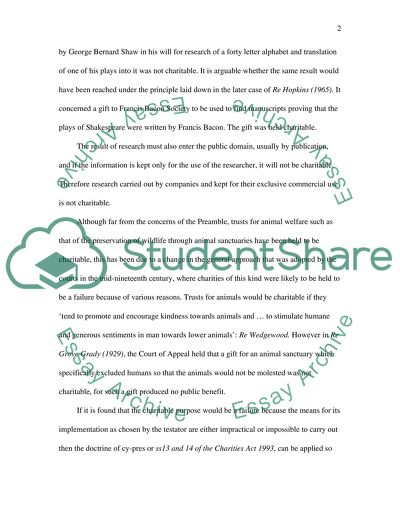Cite this document
(“Law of Trusts Essay Example | Topics and Well Written Essays - 2500 words”, n.d.)
Retrieved from https://studentshare.org/law/1507339-law-of-trusts
Retrieved from https://studentshare.org/law/1507339-law-of-trusts
(Law of Trusts Essay Example | Topics and Well Written Essays - 2500 Words)
https://studentshare.org/law/1507339-law-of-trusts.
https://studentshare.org/law/1507339-law-of-trusts.
“Law of Trusts Essay Example | Topics and Well Written Essays - 2500 Words”, n.d. https://studentshare.org/law/1507339-law-of-trusts.


